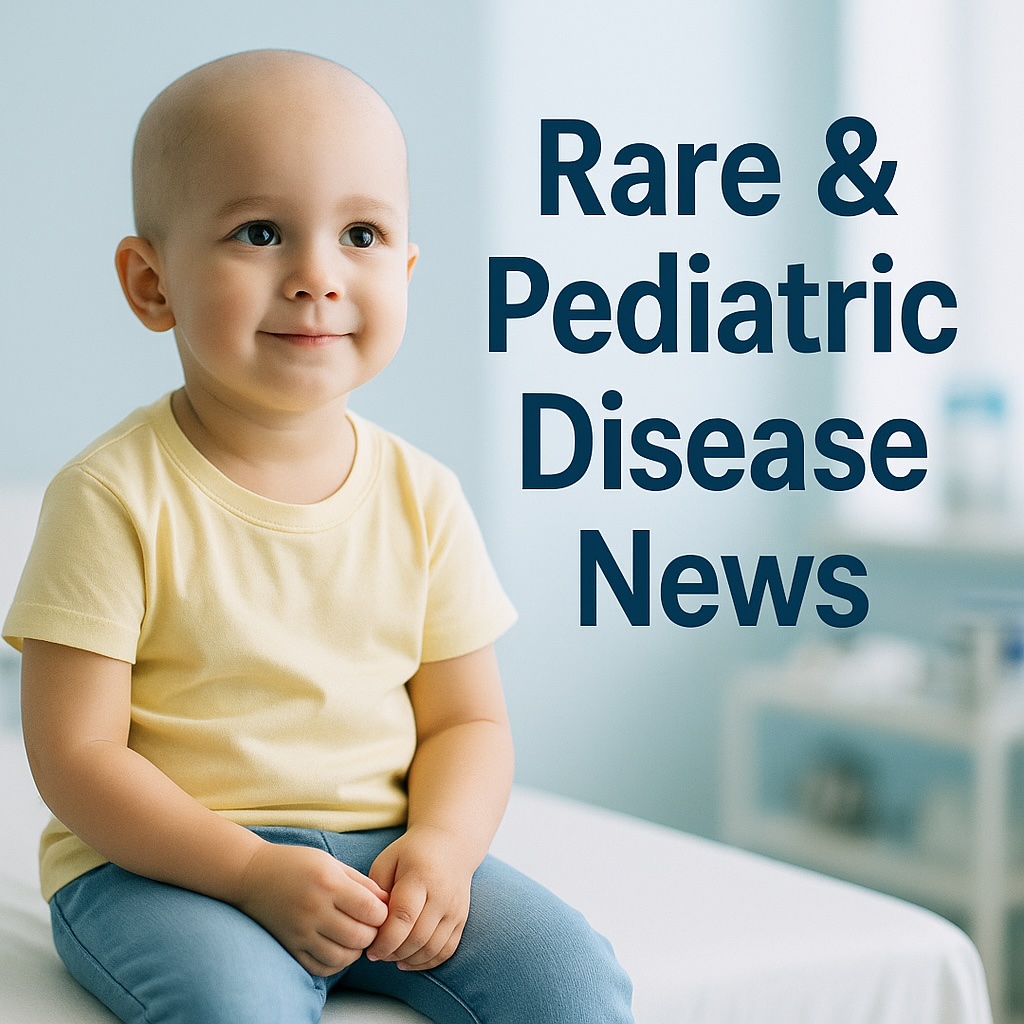Why Pediatric Oncology Requires Tailored Innovation
From infancy to adulthood, the human body undergoes approximately two decades of dynamic growth. A newborn weighing 3,000 grams grows tenfold or more. Throughout this period, the endocrine system, immune response, and organ development change dramatically.
Amid such biological transformation, is it truly appropriate to treat children with cancer drugs designed for fully matured adults? In most cases, the answer is a sobering “No.” The development of pediatric-specific oncology drugs remains critically underaddressed.
Why Are There So Few Pediatric Cancer Drugs?
Pediatric cancers affect relatively few patients per disease type. From a business perspective, the market is too small to justify significant R&D investments. As a result, drug development in this field often falls outside the priorities of large pharmaceutical companies.
Still, Every Life Deserves Commitment
While working in drug discovery at a leading U.S. pediatric cancer research hospital, I often saw young children—heads shaved and marked with surgical scars—pushing IV poles beside their families at the cafeteria. These children may not even know what “cancer” means, but their lives are no less valuable.
Weight-Based Dosing Isn’t Enough
You can’t simply cut adult doses in half based on weight. Pediatric patients metabolize drugs differently, and organ maturity affects pharmacokinetics. Unexpected side effects may occur unless drugs are specifically designed and tested for children.
Biotech and Advocacy Drive Hope
Some technology-driven biotech startups are stepping into pediatric and rare disease spaces, supported by passionate investors and advocacy groups. Still, this fragile pipeline needs robust public infrastructure and global collaboration to truly flourish.
Putting Patients First
When drug development begins by envisioning the patient first—not business metrics—the landscape can change. Regulatory reform, social awareness, and long-term investment all contribute to a future where pediatric cancer patients receive not just hope—but truly tailored treatments.

Comments